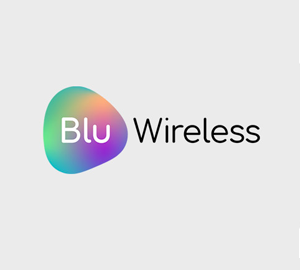Interesting analysis from the MarketsandMarkets research house on video on demand (ie pay per view movies, sport and live gigs), with the company expecting the market to be worth over $45 billion dollars within four years. This figure is up by over 100 per cent on its current (December 2013) value of $21.1bn.
What I find particularly interesting within this figure is that the analyst house hasn’t included growth in VoD revenues from mobile devices.
Now, Cisco’s 2013 global mobile traffic forecast suggests that over half of all growth in mobile data traffic, which now stands at roughly 900 petabytes per month, comes from video and that the total figure grew by 70 per cent in just 12 months. Furthermore, with 4G users consuming 19X the traffic of non-4G users this is set to grow, with companies like Netflix, Apple and Amazon likely to be the key reasons for this traffic.
All this means that mobile network providers want to make money from this mobile traffic – i.e., do it as video on demand, delivering HD movies and live events – and take pressure off the networks – in 2011 a report by Tellabs/ Analysys Mason predicted that, assuming trends were maintained in data, revenues and the cost associated with the investment in high-speed data networks, operators in the developed economies would run out of profit by Q1 2014.
Add in the threat from TV and telecom firms who are beginning to offer quad play services (TV, broadband, phone, mobile) and the opportunities for the mobile companies to do the same then this means a new VoD model is coming – Push VoD.
The basis of PushVoD is that it uses the home’s media hub to push a large number of video files over a muti-gigabit-per-second (ideally WiGig-link) connection to the phone’s increasingly large hard drive. These films are pushed across based on the quadplay companies’ algorithms and what they predict you’ll like based on who you are and what you’ve watched before; some premium (text to get an unlock code), some free. And they can then be watched on the go.
But the media centre-to-phone transfer speed will be essential if PushVoD is to be accepted by the users – hence ideally using a mm wave technology like WiGig, which is being implemented on WiFi chipsets for integration into handsets and tablets.
A more in depth explanation – and the opportunities / challenges of PushVoD can be found in our free white paper on the subject.
In short, from a user’s perspective, they have the ability to access video on demand, even when they’re away from the home’s WiFi connection and there’s no 3G / 4G mobile signal. From the operator’s perspective, they effectively add network capacity and gain the ability to deliver more profitable content – e.g. sports matches, live gigs and other content that you can’t download overnight – using the mobile network.









